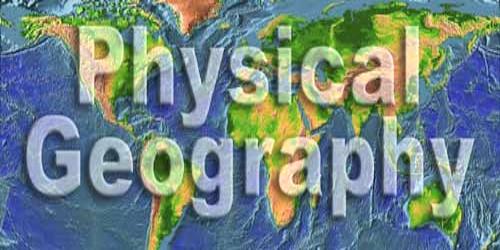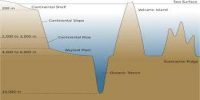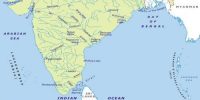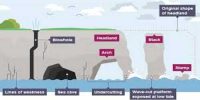Physical Geography is the study of the features and nature of the earth’s solid surface and oceans, atmosphere and climate, distribution of plant and animal life, etc. It is a branch of geography that deals with the natural features of the earth’s surface. The key purpose of Physical Geography is to explain the spatial characteristics of the various natural phenomena associated with the Earth’s hydrosphere, biosphere, atmosphere, and lithosphere.
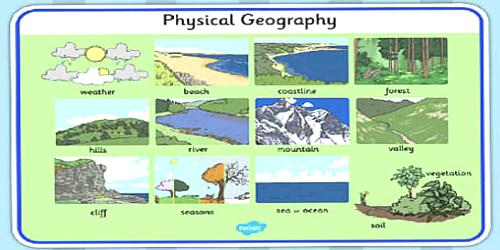
(i) Geomorphology is devoted to the study of landforms, their evolution and related processes.
(ii) Climatology encompasses the study of structure of atmosphere and elements of weather and climates and climatic types and regions.
(iii) Hydrology studies the realm of water over the surface of the earth including oceans, lakes, rivers and other water bodies and its effect on different life forms including human life and their activities.
(iv) Soil Geography is devoted to study the processes of soil formation, soil types, their fertility status, distribution, and use.
